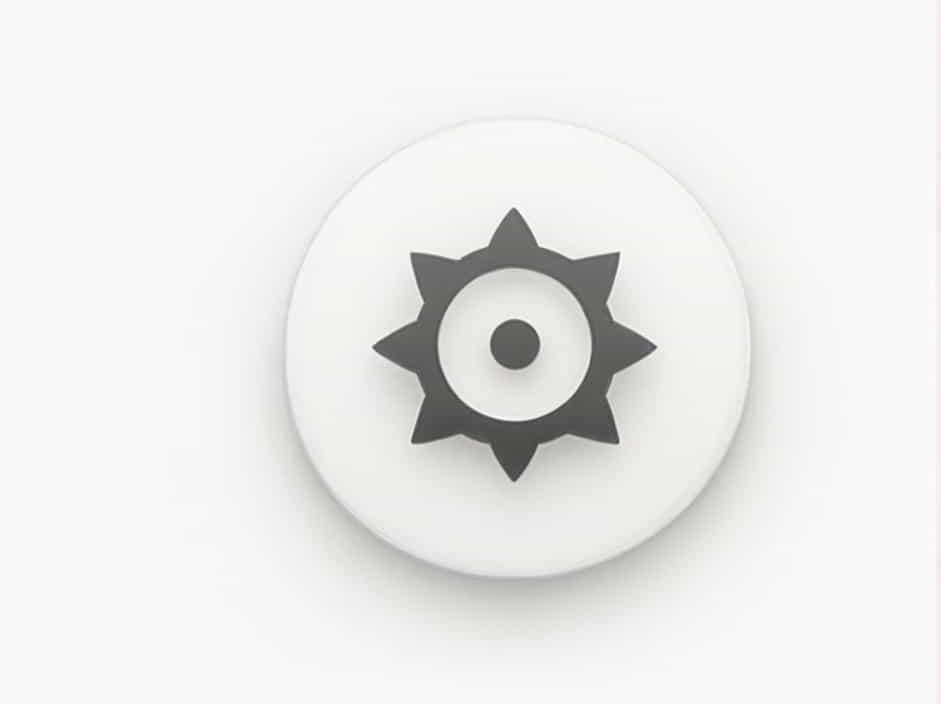India is a vast country with diverse geography, spanning from the Himalayas in the north to the coastal plains in the south. But have you ever wondered what lies directly on the opposite side of the Earth from India? This exact opposite point is known as the antipode.
In this topic, we will explore the concept of antipodes, the antipodal locations of India, and why most of India’s antipodes fall in the ocean.
Understanding the Concept of an Antipode
An antipode is the point on the Earth’s surface that is diametrically opposite to a given location. If you could dig a tunnel straight through the Earth from one location, you would emerge at its antipode.
For example:
- The antipode of New Zealand is in Spain.
- The antipode of Argentina is in China.
For most landmasses, the antipodal point falls in the ocean because Earth is 71% covered by water.
Where Is the Antipode of India?
The antipode of most of India falls in the southern Pacific Ocean, far from any major landmass.
If we take a few reference points in India, their approximate antipodes are:
| Indian Location | Approximate Antipode |
|---|---|
| New Delhi | South Pacific Ocean (near Easter Island) |
| Mumbai | South Pacific Ocean (east of French Polynesia) |
| Kolkata | South Pacific Ocean (near Chile) |
| Chennai | South Pacific Ocean (west of Peru) |
| Bangalore | South Pacific Ocean (near French Polynesia) |
Since India is entirely in the Northern Hemisphere, its antipode will always be in the Southern Hemisphere.
Why Does India’s Antipode Fall in the Ocean?
India is located in Eurasia, which is the largest landmass on Earth. However, since most of Earth’s surface is covered by water, the opposite side of a large land area will usually be ocean.
The Closest Land to India’s Antipode
Even though India’s antipode is mostly in the ocean, the nearest landmasses are:
- Easter Island (Chile) – A remote island famous for its mysterious Moai statues.
- French Polynesia – A group of islands including Tahiti and Bora Bora.
- The western coast of South America – Countries like Chile and Peru are relatively close to some of India’s antipodal points.
How to Find an Antipode?
To determine the antipode of a location, you can use a simple formula:
- Reverse the latitude
- If a place is at 20°N, its antipode will be at 20°S.
- If a place is at 40°N, its antipode will be at 40°S.
- Subtract 180° from the longitude
- If a place is at 80°E, its antipode will be at 100°W (because 80 + 100 = 180).
- If a place is at 75°E, its antipode will be at 105°W.
Applying this to India, most of its antipodal points fall between 20°S and 40°S latitude and 100°W and 120°W longitude, placing them in the South Pacific Ocean.
Fascinating Facts About Antipodes
1. Very Few Cities Have Land Antipodes
Because the Earth is mostly covered by water, only a few cities have another city as their antipode.
Examples include:
- Madrid, Spain ⟷ Wellington, New Zealand
- Buenos Aires, Argentina ⟷ Shanghai, China
2. No Direct Travel Route
If you wanted to travel from India to its exact antipodal point, you cannot go in a straight line because the Earth’s core blocks the way. Instead, you would need to travel around the globe, usually by air or sea.
3. The Antipodal Map Shows Opposites
The antipodal map shows that most land has water as its antipode, and most oceans have land as their antipode.
Why Does the Antipode of India Matter?
While the antipode of India is mostly ocean, understanding antipodes helps us appreciate global geography. It also highlights how Earth’s continents and oceans are distributed.
Antipodal studies are useful in:
- Geology – Understanding Earth’s structure.
- Astronomy – Studying how planets are shaped.
- Navigation – Finding exact opposite locations.
Frequently Asked Questions About India’s Antipode
1. What country is on the opposite side of India?
No country is exactly opposite India. The antipode of India is mostly in the South Pacific Ocean. The closest land areas are Easter Island and French Polynesia.
2. Can I travel to the antipode of India?
Yes, but you would need to fly to South America or Polynesia, as there is no direct land route.
3. Why does India’s antipode fall in the ocean?
Because most of Earth’s land is concentrated in the Northern Hemisphere, and the Southern Hemisphere is mostly water.
4. Is there any city directly opposite an Indian city?
No, there is no city directly opposite any Indian city.
5. What is the best way to visualize antipodes?
The best way is to use an antipodal map, which shows the exact opposite points on Earth.
The antipode of India lies in the South Pacific Ocean, far from any major landmass. While there is no country directly opposite India, the closest places are Easter Island, French Polynesia, and parts of Chile.
Antipodes provide a fascinating insight into Earth’s geography, showing how land and water are distributed. While it may not be possible to dig through the Earth to reach the other side, exploring the opposite side of the planet is an interesting way to understand the world better.
